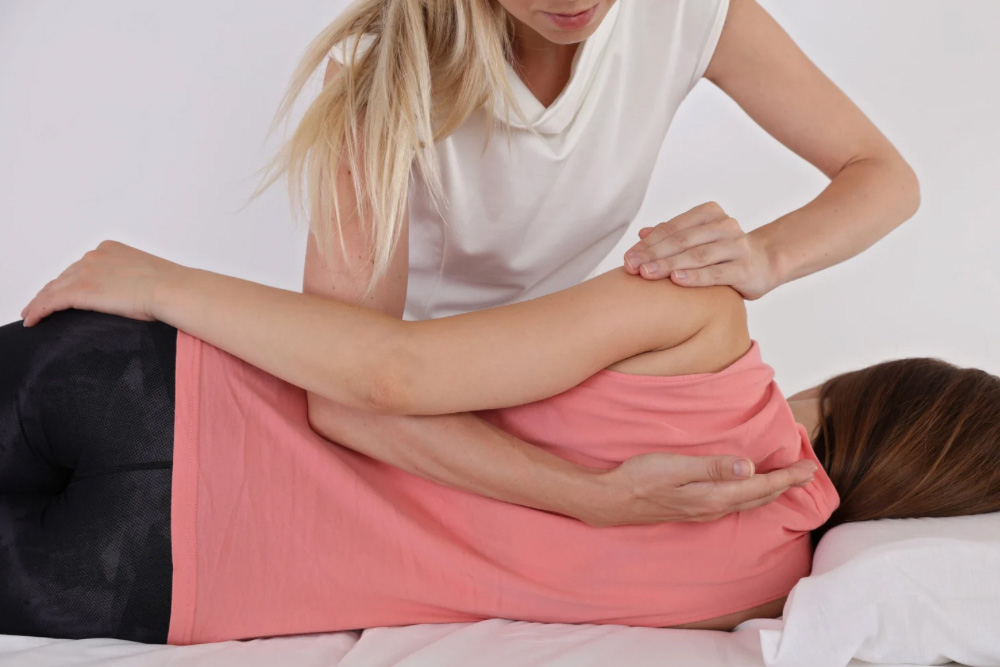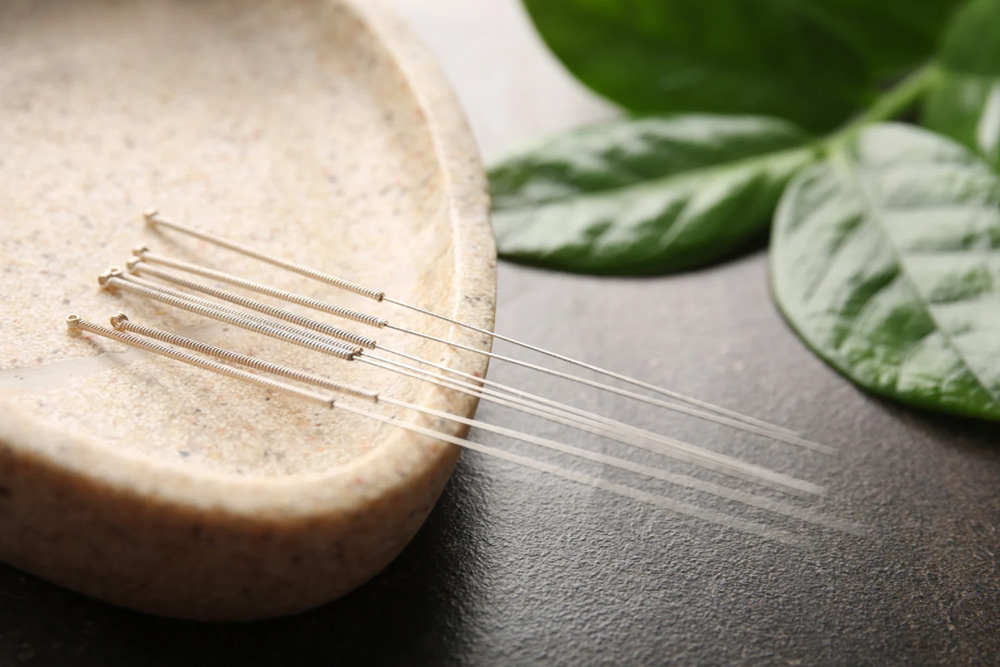People may see osteopaths for various reasons, including:
- Relieve back and neck pain
- Prevent headaches
- Provide pre and post-natal support for pregnancy-related discomfort
- Address diastasis recti (separation of abdominal muscles)
- Improve abdominal pain
- Help with sleep problems
- Treat vertigo
- Provide newborn care
- Address fertility issues
- Manage urogenital complaints
- Help with digestive issues
Osteopathy believes that there may be a musculoskeletal link in many conditions, and osteopathic treatment may also be beneficial for a wider range of disorders beyond the ones listed above.
An osteopath may use a variety of techniques during treatment, which can include:
- Spinal manipulation: This involves applying controlled force to the joints of the spine to improve mobility and relieve pain.
- Soft tissue massage techniques: These techniques involve manipulating the muscles, ligaments, and tendons to reduce tension and promote healing.
- Articulation: This involves gentle rhythmic joint movements to improve joint mobility and function.
- Stretching muscles and joint capsules: This helps to improve flexibility and restore normal range of motion in the muscles and joints.
- Muscle energy techniques: These techniques involve engaging muscles against resistance to promote relaxation, release tension, and improve joint mobility.
- Visceral manipulation: This involves gentle movement of the abdominal and pelvic areas to restore optimal function to the organs and surrounding tissues.
As osteopathic techniques are gentle and non-invasive, they can be suitable for people of all ages, from newborns to older individuals, and those with complex medical conditions.
Seeing an osteopath during pregnancy can be beneficial for a variety of reasons, including:
- Pain and discomfort relief: Osteopathy can help address pain and discomfort in areas such as the back, hips, neck, and other areas that may be affected by the changes in posture and mechanics during pregnancy.
- Sciatic nerve pain relief: Many pregnant individuals experience sciatic nerve pain, which can be effectively addressed through osteopathic techniques.
- Numbness, tingling, or cold hands and feet: Osteopathy can help improve circulation and alleviate symptoms of numbness, tingling, or cold extremities during pregnancy.
- Digestive disturbances: Osteopathic techniques can help address digestive issues such as acid reflux, bloating, and constipation that may arise during pregnancy.
- Swelling reduction: Osteopathy can aid in reducing swelling or edema that is common during pregnancy, particularly in the extremities.
- Morning sickness relief: Some osteopathic techniques can help alleviate symptoms of morning sickness or nausea during pregnancy.
- Improved circulation: Osteopathic treatment can help improve blood circulation throughout the body, which can be beneficial during pregnancy.
- Headache relief: Osteopathy may help alleviate headaches or migraines that can occur during pregnancy.
- Symphysis Pubis Dysfunction (SPD) management: SPD, a common condition during pregnancy that involves pain and discomfort in the pelvic area, can be managed through osteopathic treatment.
Osteopathy is a gentle, non-invasive manual therapy that can provide relief from various pregnancy-related issues and help support overall well-being during pregnancy.
While physiotherapists and osteopaths both provide manual therapy and can treat musculoskeletal issues, they have different approaches and areas of focus. Here are some reasons why you may consider seeing an osteopath in addition to a physiotherapist:
- Holistic approach: Osteopathy takes a holistic approach, considering the entire body as a whole, including its structure, function, and how different systems are interconnected. Osteopaths assess and treat not only the area of pain or discomfort, but also the underlying causes or imbalances that may be contributing to the issue.
- Manual techniques: Osteopaths use a variety of manual techniques, such as spinal manipulation, soft tissue massage, joint mobilization, and visceral manipulation, to address dysfunctions in the body. These techniques are often gentle and non-invasive, and aim to restore motion and balance throughout the body.
- Complementary treatment: Osteopathy can complement the treatments provided by physiotherapists. While physiotherapists often focus on exercise and movement-based therapies, osteopaths can provide additional hands-on techniques to address structural imbalances and enhance the overall effectiveness of the treatment plan.
- Whole-body approach: Osteopathy considers the interconnectedness of different systems in the body, including the musculoskeletal, nervous, circulatory, and visceral systems. Osteopaths may also address other factors such as posture, lifestyle, and nutrition to help optimize overall health and well-being.
- Pregnancy and pediatric care: Osteopathy is known for its gentle approach and can be particularly beneficial during pregnancy, as well as for newborns and infants. Osteopaths are trained to provide specialized care for pregnant individuals and infants, addressing specific concerns related to pregnancy and early childhood development.
It’s important to note that every individual is unique, and the need for osteopathic treatment alongside physiotherapy or other forms of therapy depends on the specific condition and the preferences of the patient. Consulting with both a physiotherapist and an osteopath can help determine the most appropriate and effective treatment plan for your specific needs.
Yes, many insurance companies include coverage for osteopathy as part of their extended health plans. However, the specific coverage and reimbursement amount may vary depending on your insurance provider and the details of your plan. It’s recommended to check with your insurance company or review your extended health benefits plan to determine the coverage for osteopathy and any applicable terms or limitations. Some insurance plans may require a referral from a medical doctor or a specific type of osteopathic practitioner (e.g. registered osteopath, manual osteopath) for coverage. It’s also important to keep in mind that coverage for osteopathy may be subject to deductibles, co-pays, and other conditions as outlined in your insurance plan.





